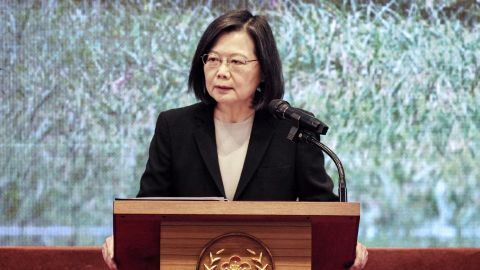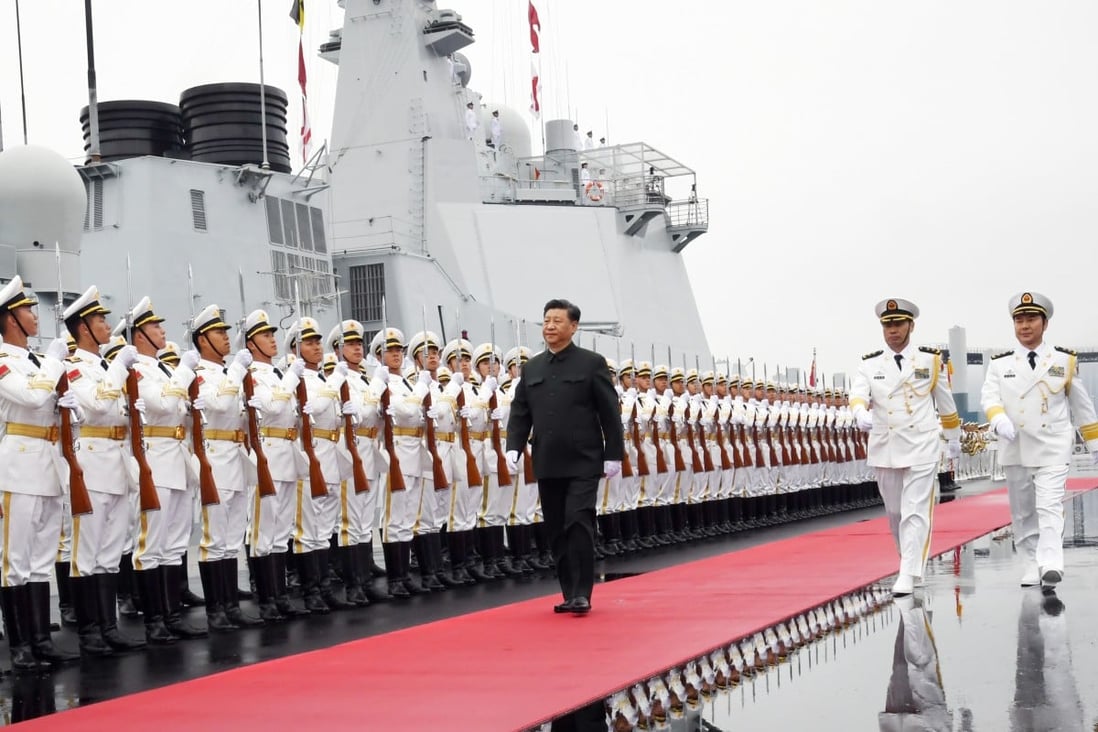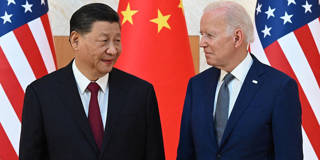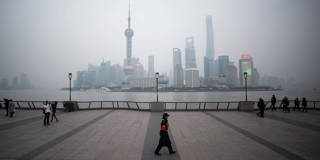Cleo Paskal

Alexandria, Va.: For those watching China, 2023 is a year of danger.
From the point of view of Beijing, it might be a good year to make a major move. The PLA, and especially the Navy, is growing, arming and flexing. Meanwhile the United States is perceived as weakened and distracted, Australian Prime Minister Albanese seems to want to mend relations with China (as does Germany), Europe is caught up in Ukraine, Taiwan has yet to get its one year of military service up and running (and its military remains under-armed and under-trained), and the Japanese seem serious about defending against China but have a way to go before becoming fully effective. It’s a dangerous situation.
But, at the same time, for those watching India, 2023 is a year of hope. Countries around the world feel squeezed between perceived PRC aggression and Western confusion. As they try to resurrect after Covid lockdowns devastated their economies and the war in Ukraine contributed to energy and food price inflation, many leaders are looking at their beleaguered fellow citizens and wondering “what now?”
THE ONLY CHOICES?
Some leaders, as with Prime Minister Sogavare in Solomon Islands, have already thrown in their lot with Beijing, leading them down the path to an authoritarianism that is resulting in their being willing to go to war with their own people (with PRC backing). And so, the Chinese Communist Party model metastasizes.







:quality(100)/cloudfront-us-east-1.images.arcpublishing.com/thesummit/AU5VANGWFZFNNGQAHM23NXYP7A.jpg)